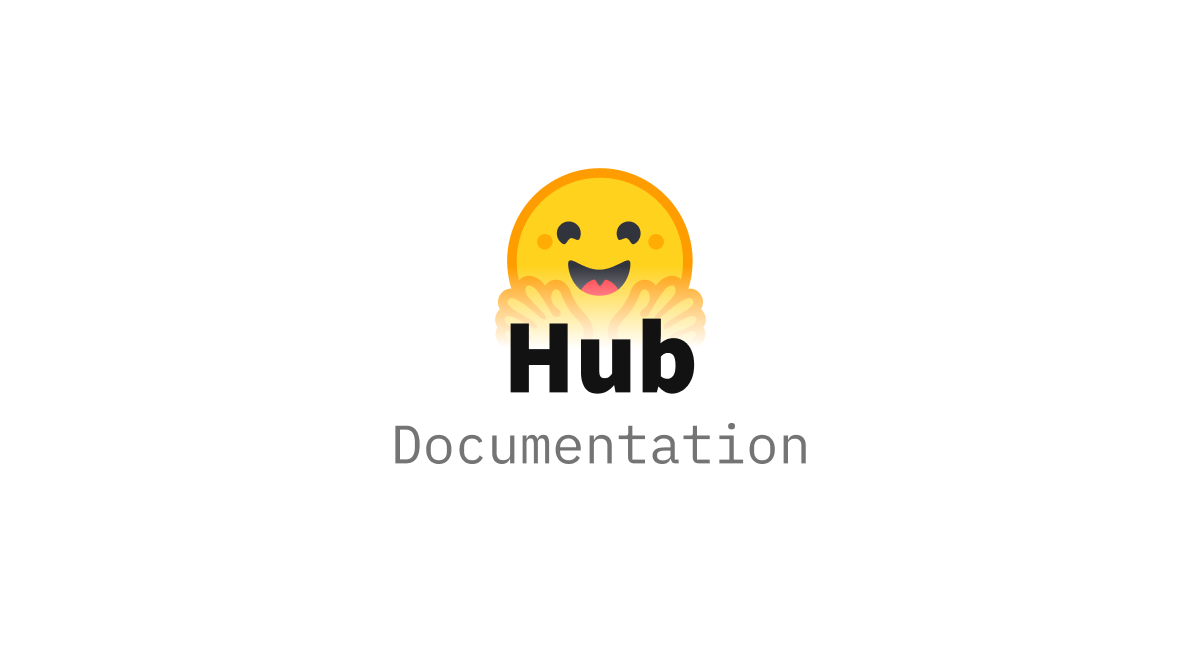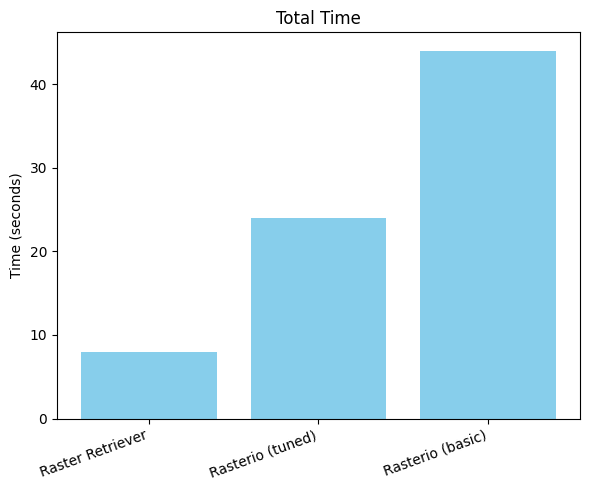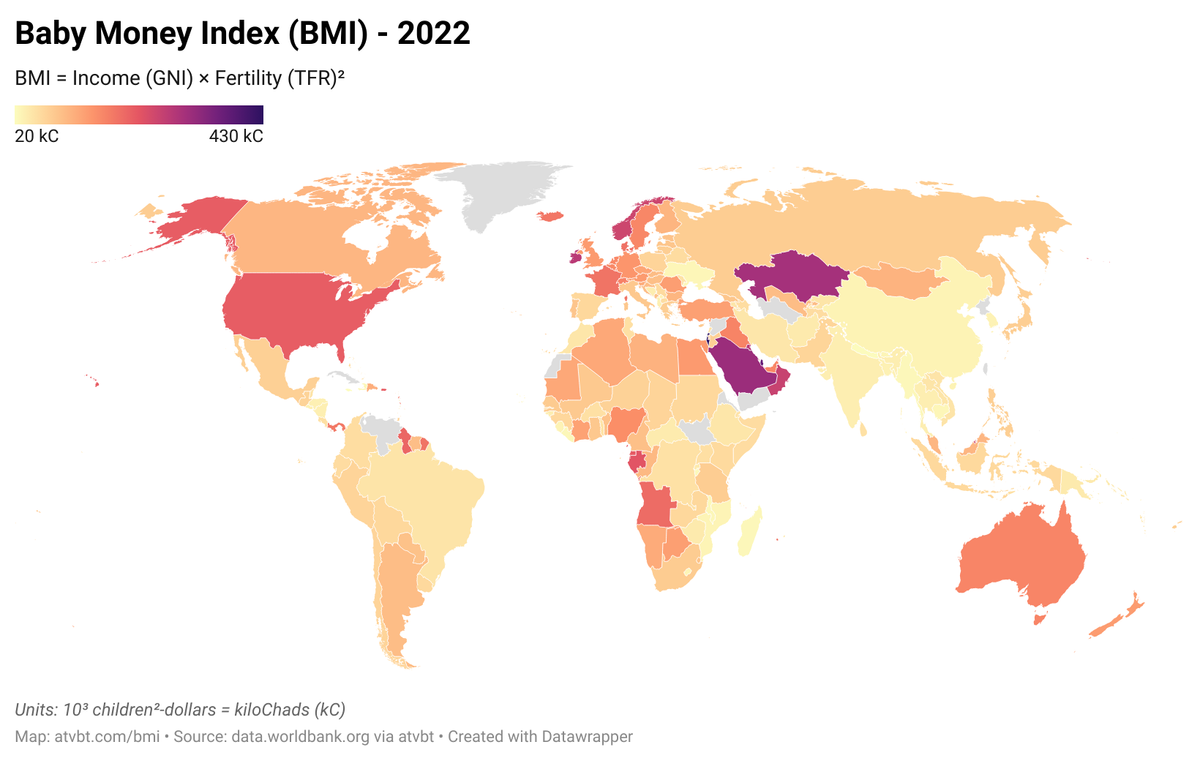BioNTech's Bispecific Antibody Shows Promise in Triple-Negative Breast Cancer

BioNTech presented early clinical trial data for its novel bispecific antibody, BNT-327, at the San Antonio Breast Cancer Symposium. Targeting PD-1/PD-L1 and VEGF, the antibody showed positive results in patients with triple-negative breast cancer. Building on the discovery of checkpoint inhibitors, this research represents a potential breakthrough in next-generation immunotherapy, offering hope for new treatments in triple-negative breast cancer and potentially other cancers.
Read more



:quality(75)/https%3A%2F%2Fassets.lareviewofbooks.org%2Fuploads%2FGenetic-Book-of-the-Dead.jpg)









